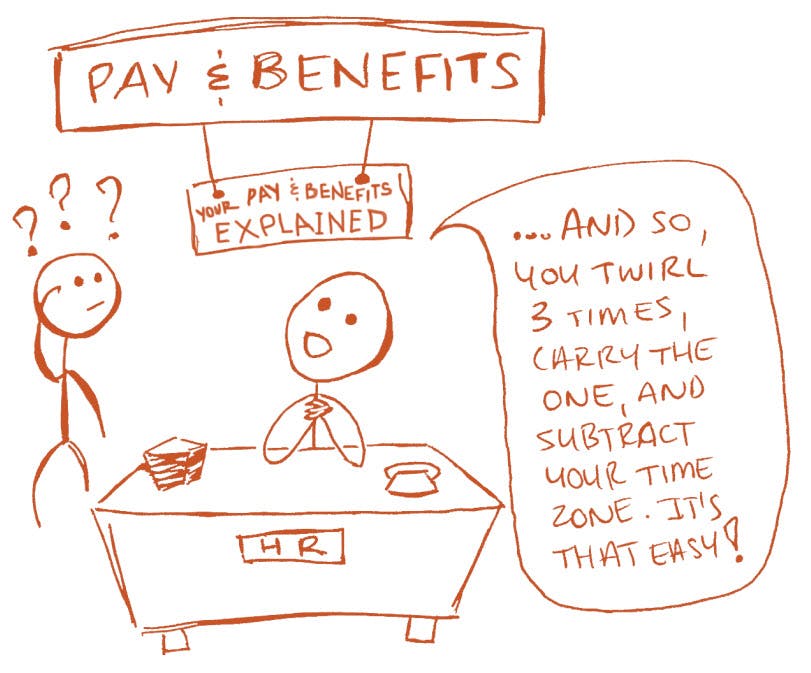
Beyond its most basic functions, the employee handbook can emphasize organizational brand and culture. In fact, it can be used as an opportunity to attract and retain top talent. This guide can help you create an employee handbook that strengthens your organizational culture.
“If you align expectations, you will be rewarded with delight and loyalty.” — Matthew Wride, COO, DecisionWise
According to recent studies by SHRM and GuideSpark, a large proportion of employees either do not read their employee handbooks or even if they do, they don’t feel very knowledgeable about the basics of employer-sponsored benefits. Your employee handbook is part of your brand and value proposition for your employees. Use it as an opportunity to engage, re-engage and exceed expectations.
What an employee handbook is for
- Set the Tone – Most employee handbooks start with the organization’s mission, a letter from senior leadership, or a statement to frame the document. The employee handbook sets the terms and tone of your relationship with your employees.
- Compliance – You have to ensure that your organization is compliant with State and Federal laws. Check current laws and stay up to date with both State and Federal requirements. Also ensure compliance with any industry-specific rules and regulations (e.g. camping or schools).
- Align Expectations – A great way for you as the employer to expressly state your rights, clarify expectations, and facilitate better communication with employees. Having clearly stated policies in your employee handbook provides a safety net for both the organization and employees.
- Provide Compensation and Benefits Information – Outline and explain benefits so employees have a clear understanding of their full employment package, beyond their pay.
- Strengthen Culture – A well-written employee handbook is a great way to introduce new staff to your organizational culture. Some handbooks use language unique to the organization’s culture, while others include an organizational history or anecdotes to tell the story.

© 2019. This Leading Edge resource can be shared under the terms of the Creative Commons Attribution-Noncommercial-No-Derivatives International License 4.0.
About the Author

Leading Edge mobilizes Jewish organizations to become places where great people deliver great impact.
Related Resources
View the Resource Library
 GuideTalent Management
GuideTalent ManagementOnboarding Best Practices: A Guide for Onboarding New Staff
Effective onboarding helps organizations reduce turnover and ensure that new employees are set up for success.
 ArticleOrganizational Culture
ArticleOrganizational CulturePlacing Organizational Culture at the Center
The Chief Strategy Officer of Leading Edge explains what it means to put the employee experience at the center of how we think about our work.
 VideoLeadership
VideoLeadershipMatching our Insides with our Outsides: Lessons in Jewish Nonprofit Management
In this ELI Talk, Gali Cooks explores how the Rabbis of the Talmud gave us clues about how to manage Jewish organizations that reflect Jewish values.
Loading footer...
